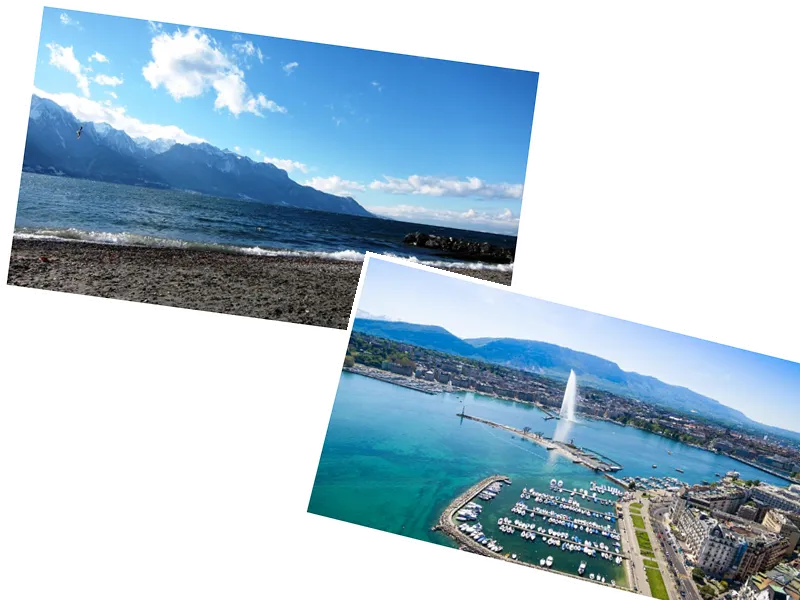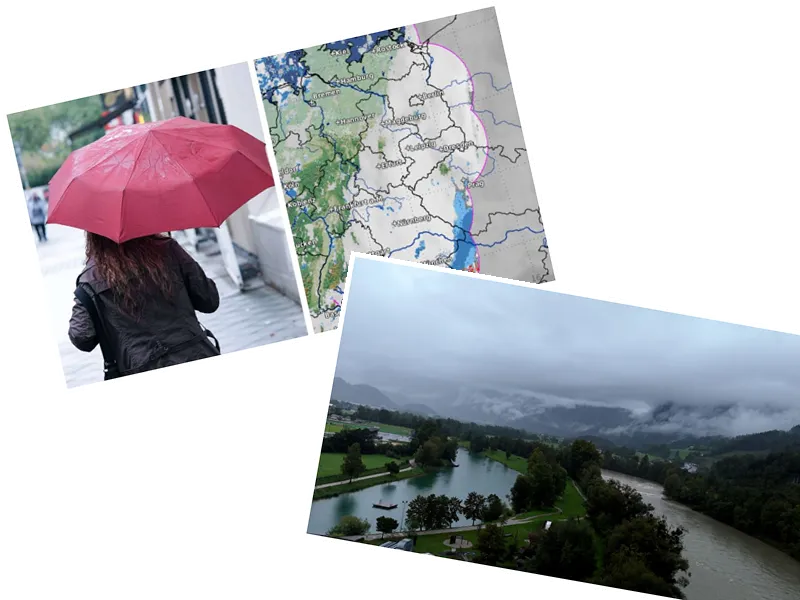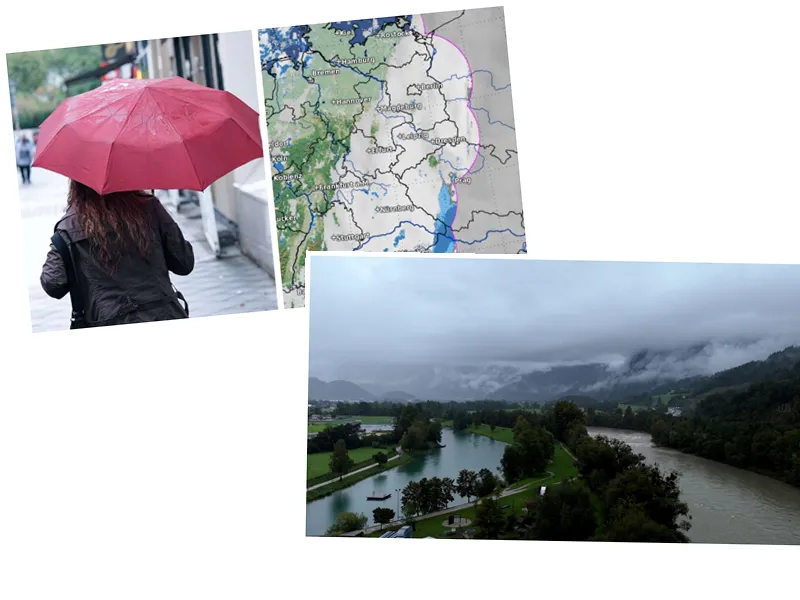Pollution Crisis in Lake Geneva: A Call to Action
Lake Geneva, the largest lake in Western Europe, is facing a significant pollution crisis that threatens its ecosystem. Recent studies conducted by the International Commission for the Protection of the Waters of Lake Geneva (Cipel) and the Franco-Swiss Association for the Safeguarding of Lake Geneva (ASL) highlight the alarming levels of microplastics found on its beaches. The findings reveal an average of 7,600 microplastic particles per square meter, with approximately 60% of these particles being synthetic textile fibers released during laundry processes. The situation calls for urgent measures to safeguard the lake's health and preserve its biodiversity.
The study, named “Pla'stock,” involved sampling from 25 beaches across Switzerland and France. It showed a concerning accumulation of macroplastics, despite a slight decrease in quantities compared to previous assessments. The majority of collected macroplastics were small and fragmented, with food wrappers, cigarette butts, and industrial plastic pellets being the most frequently identified items. This fragmentation poses a severe threat to the aquatic ecosystem, as microplastics have been found to bioaccumulate in fish, leading to increased toxicity from pollutants such as heavy metals.
In response to this environmental crisis, Cipel and ASL advocate for proactive measures to reduce plastic input into Lake Geneva, particularly from tributaries and rainwater. While the European Union has mandated the installation of pre-filters on washing machines by 2025, similar proposals in Switzerland have been rejected. Nevertheless, organizations stress the importance of voluntary initiatives, such as using anti-microfiber washing bags, opting for higher quality textiles that shed fewer fibers, and adopting better laundry practices. Addressing this pollution issue is crucial for the health of Lake Geneva and its surrounding communities.






